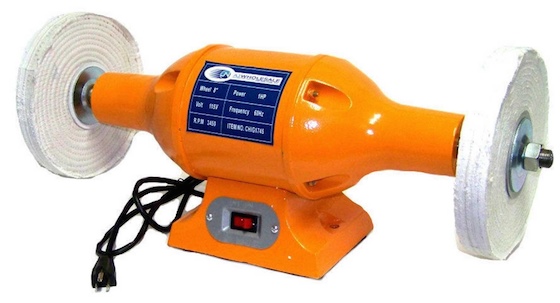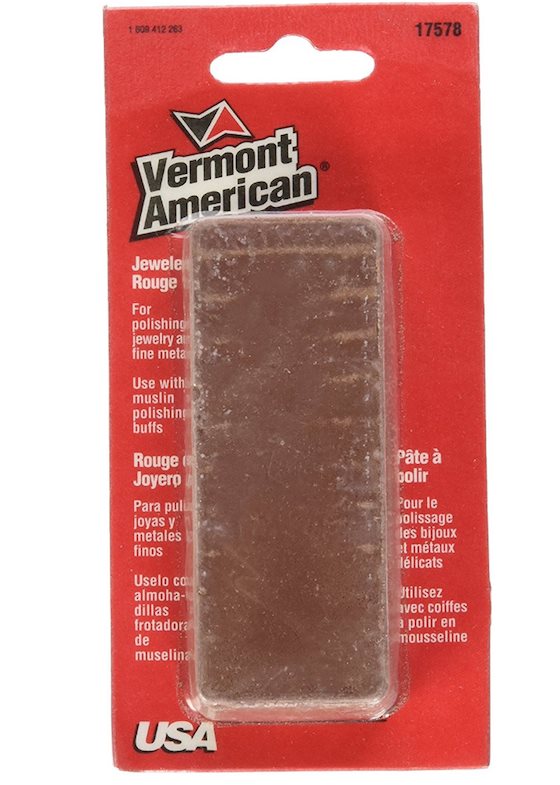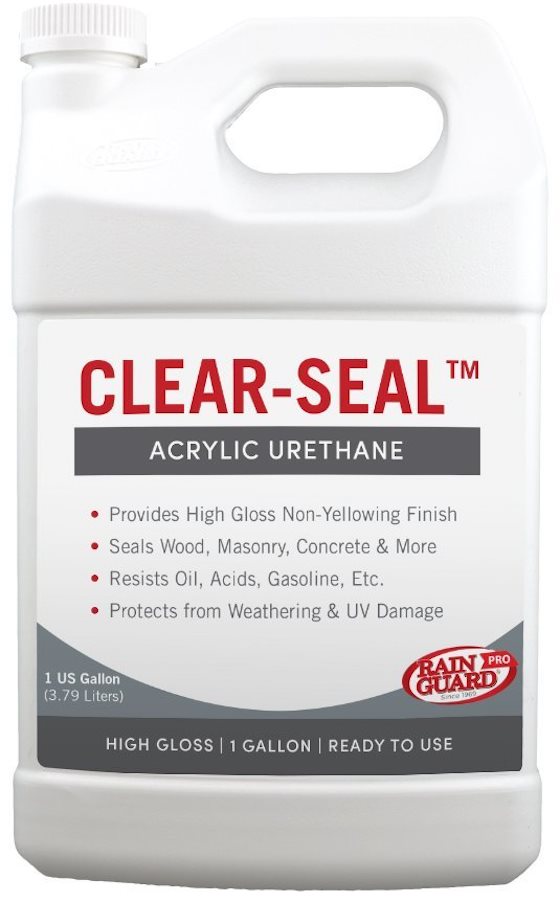Cleaning Brass DIY
Cleaning Brass DIY TIPS
- You must use a bench buffing machine
- Different polishing rouges and compounds polish in seconds
- WATCH Polishing Video below
- Coat with clear acrylic urethane to preserve shine
- CLICK HERE to Get Tim's FREE & FUNNY Newsletter!
DEAR TIM: I've been trying to clean some tarnished brass exterior light fixtures. I've purchased several different brass cleaning products and the results are ho-hum. It's a lot of work and no matter what I do I can't get a mirror-like finish like the brass had when it was brand new. What's the secret? What am I doing wrong? Gayla T., Barre, VT
DEAR GAYLA: Been there, done that.
My Front Door Brass
I remember thinking I could completely polish and re-coat a brass door handle set in an afternoon. After rubbing and rubbing for hours, I got parts of the brass very clean, but small cracks and crevices were either full of cleaning compound, tarnish or a combination of the two.
My frustration forced me to contact a professional metal polisher. It was one the best time and energy saving ideas I think I have ever had.
How Pros Polish
Converting a tarnished piece of brass to one that shines like a beacon can only be done with professional tools, equipment, solvents, polishing compounds and coatings.
The good news is you can purchase a simple bench buffer, the polishing compounds and special secret clear sealer to get pro results.

Here's a great bench buffer that has long shafts. Those can come in very handy when trying to polish longer or intricate items. CLICK THE PHOTO NOW to have this buffer delivered to your home in days.
A vast majority of those shiny new polished brass candlesticks, door hardware, and accessories that you see at stores have all been polished and finished by automated equipment. Some of the new brass fixtures available in stores today actually have a tarnish free alloy skin.
Free & Fast Bids
Brass Polishing Video
Here's how the pros polish brass. Some have much bigger buffers and buffing wheels.
A Simple Chemical Reaction
Tarnished brass is happy. If you remember your high school chemistry, you'll recall that freshly polished brass that's exposed to the air is very unstable.
Brass likes to grab oxygen out of the air to restore the chemical balance it had before you buffed it. When oxygen ions connect to the brass, it discolors it. The brass is happy, but you're not. The oxidation or tarnish is actually a natural process. The brass is simply creating its own stable protective finish, albeit an unattractive one to many!
Clear Finish Erosion
Years ago some brass producers noticed if they coated the brass with a clear finish, it would stay shiny much longer. But these finishes break down when exposed to sunlight and the elements if your brass is outdoors.
Older brass suffers once the protective clear finishes erode and the brass is exposed to air. Contaminants in the outdoor air or indoor pollutants from aerosol products can also rapidly tarnish brass.
Pros Are Fast
Professional metal polishers can polish, buff and colorize brass fixtures very quickly, efficiently and affordably. The first step is to remove the old protective clear finish as well as the tarnish.
Removing tarnish requires that you actually remove an ultra-thin layer of the brass metal. When done by hand, this first step is very hard. This is why you and I struggled!
Rouges To The Rescue
The clear protective finish can be very difficult to remove. Once through it, then you need to rub and rub to break the molecular metal bonds. A high-speed polishing wheel that has special polishing rouge can cut through these films in seconds. This first step almost always produces fine scratches in the brass.

This is one type of brass polishing rouge. There are many and affordable. CLICK THE PHOTO NOW to have this delivered to your home.
Remove Fine Scratches
The buffing stage removes these scratches. Another high-speed buffing wheel coated with a different polishing rouge compound removes the scratches and creates a mirror like finish. To accomplish this by hand could take one hours while a professional can do it in less than a minute.
IMPORTANT TIP: The final step employs another high speed spinning pad that burnishes the brass and gives it the deep luster and color that is so characteristic of true polished brass. Achieving these results by hand is nearly impossible.
Body Oils = Bad
All of this work needs to be done wearing gloves. Perspiration and body oils on your skin can leach into the freshly polished brass.
In fact, even harmful chemicals from food spices can be transmitted to the brass via perspiration.
Clean After Polishing
Once the brass is colorized, it is time to clean it with industrial strength lacquer thinner. This removes all contaminants and traces of the polishing rouge.
SAFETY TIP: Working with lacquer thinner is extremely hazardous and dangerous because it's highly flammable. Do not even think of doing this yourself.
Best Clear Coating
You might think the best clear coating is clear lacquer. The metal polishers that are on the cutting edge have found that acrylic urethanes are far superior.

Here's but one clear acrylic urethane to preserve your polished brass. This stuff really works. CLICK THE PHOTO NOW to have this delivered to your home.
Once a brass item has been coated with an acrylic urethane, it can remain tarnish-free for many years, even when placed outdoors. This is the only clear coating I would use to protect my brass pieces.
Pro Metal Polishers
Metal polishers can be found in most areas. Some of them offer mail order service.
You simply send them a photo or series of photos and they can give you a quote to perform the work. You ship them the items and the craftsmen begin the transformation task. Once complete, the brilliant brass objects are shipped back to you in perfect condition.
It's affordable and allows you to spend your time doing what you are good at.
Companion Articles: Cleaning Brass, Brass Cleaning Companies, Brass Cleaning Tips. Cleaning Brass Products
7 Responses to Cleaning Brass DIY